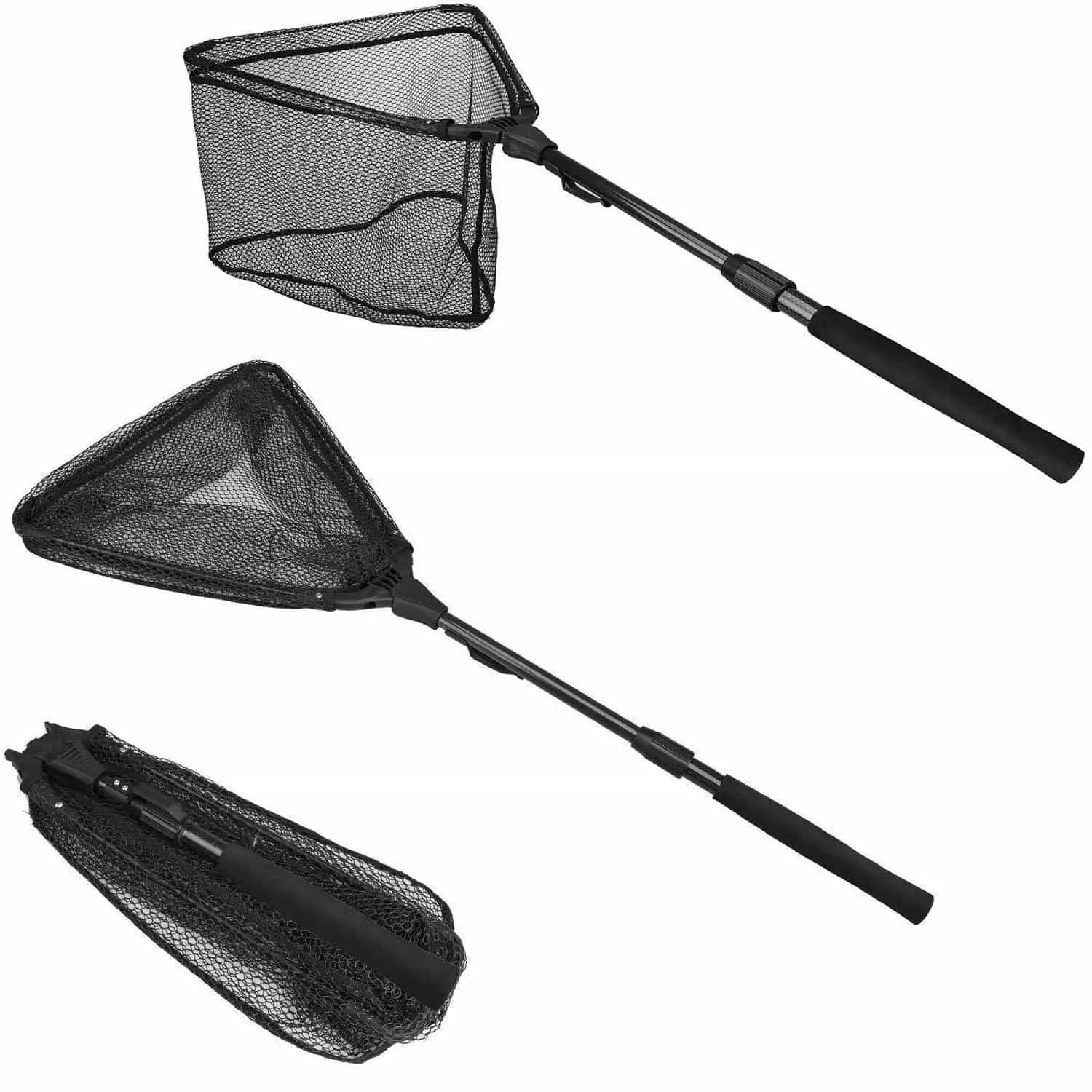When it comes to the world of fishing, one of the most essential tools is the fishing net. Fishing nets have been used for centuries to catch fish and other aquatic creatures, and they come in a variety of shapes and sizes. In this comprehensive guide, we will delve into the secrets of fishing nets, exploring their construction, types, and techniques used by fishermen around the world.
The Construction of Fishing Nets
Unraveling the secrets of fishing nets begins with understanding their construction. Fishing nets are typically made from synthetic materials such as nylon or polyethylene, which are strong and resistant to water damage. These materials are woven together to create a mesh pattern, with larger holes at one end to allow fish to enter and smaller holes towards the other end to prevent their escape.
One of the key components of fishing nets is the floatline, which runs along the top of the net and keeps it afloat in the water. Floatlines are usually made from buoyant materials such as cork or foam, ensuring that the net stays at the desired depth. Another important component is the leadline, which is weighted to keep the bottom of the net submerged. This prevents fish from swimming underneath and escaping.
Types of Fishing Nets
There are various types of fishing nets used by fishermen worldwide. One common type is the gill net, which is set vertically in the water and catches fish by entangling their gills. Gill nets are often used in commercial fishing and can be several hundred meters long. Another type is the cast net, which is thrown by hand and spreads out in a circular shape when it hits the water. This type of net is commonly used by recreational fishermen.
Trammel nets are another popular choice, consisting of three layers of netting. The outer layers have larger holes to prevent fish from escaping, while the inner layer has smaller holes to trap them. These nets are often used to catch larger fish such as salmon or trout. Seine nets, on the other hand, are long nets that are dragged through the water to encircle a school of fish. They are commonly used in commercial fishing and can be several kilometers long.
Techniques and Tips for Using Fishing Nets
Now that we have unraveled the secrets of fishing nets and explored their construction and types, let's delve into some techniques and tips for using them effectively. One important technique is to set the net in the right location. This requires knowledge of the fish species you are targeting and their preferred habitats. Setting the net in areas with high fish activity increases your chances of a successful catch.
Another tip is to consider the mesh size of the net. Different fish species require different mesh sizes to prevent them from escaping. It's important to choose the right mesh size to ensure that your catch stays in the net. Additionally, regularly checking and maintaining your fishing net is crucial. Over time, nets can become damaged or tangled, reducing their effectiveness. Repairing any holes or replacing damaged sections will prolong the lifespan of your net.
Conclusion
In conclusion, fishing nets are an integral part of the fishing industry and play a vital role in catching fish and other aquatic creatures. Understanding their construction, types, and techniques for using them effectively is essential for any angler. By unraveling the secrets of fishing nets in this comprehensive guide, we hope to have provided you with valuable insights into this fascinating tool.
